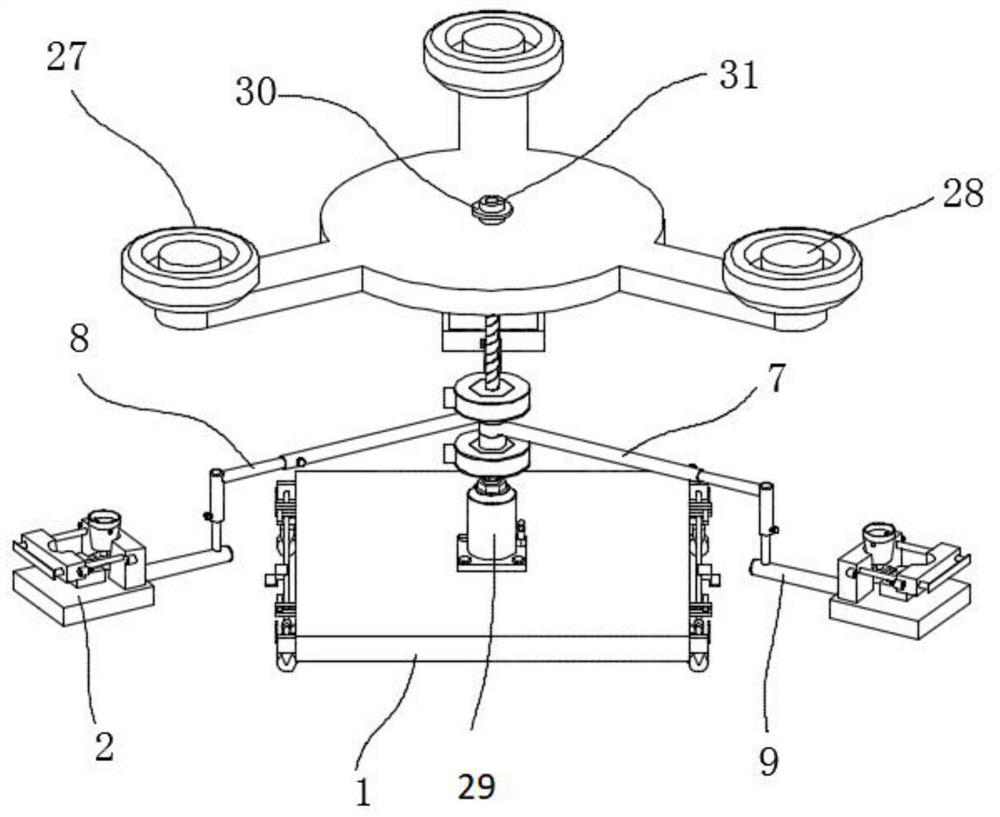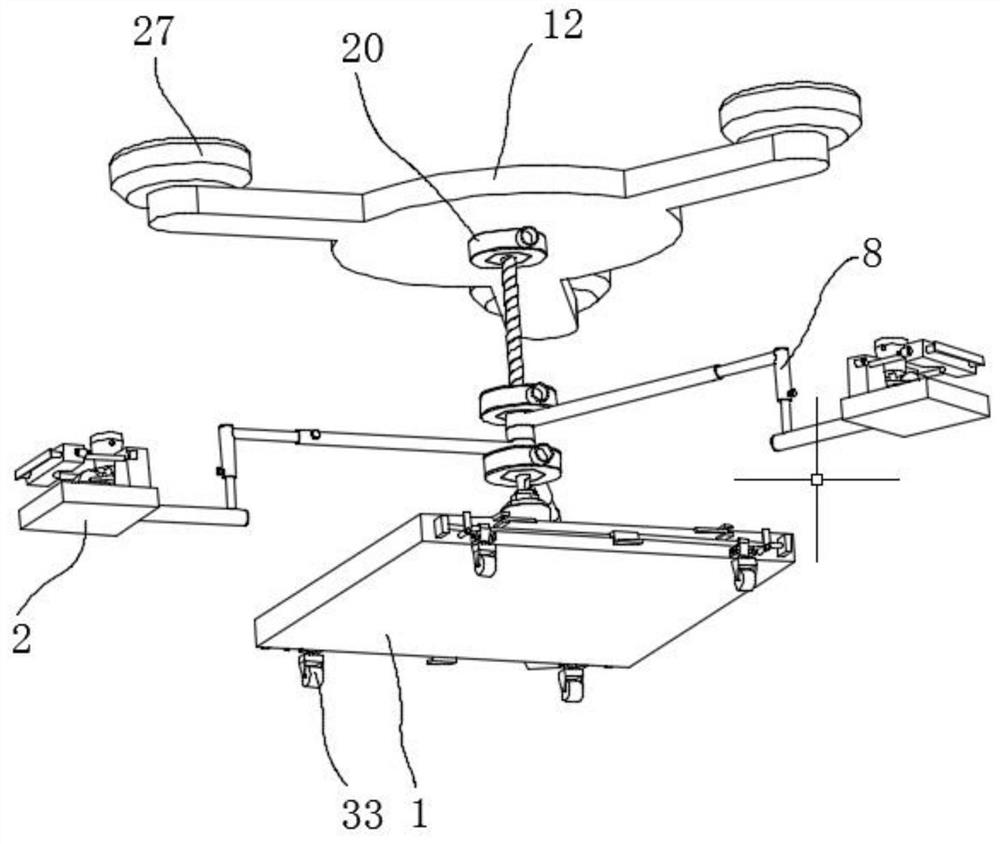A mounting device for piano casters
A technology for installing equipment and casters, applied in the direction of manufacturing tools, stringed instruments, instruments, etc., which can solve the problems of inconvenient movement, stuck, and inability to adjust the height of the piano.
- Summary
- Abstract
- Description
- Claims
- Application Information
AI Technical Summary
Problems solved by technology
Method used
Image
Examples
Embodiment Construction
[0028]A number of embodiments of the present invention will be disclosed in the following figures. For the sake of clarity, many practical details will be described together in the following description. It should be understood, however, that these practical details should not be used to limit the invention. That is, in some embodiments of the invention, these practical details are not necessary. In addition, for the sake of simplifying the drawings, some well-known and commonly used structures and components will be shown in a simple schematic manner in the drawings.
[0029] refer to Figure 1 to Figure 11 The shown installation equipment for piano casters includes a base 1, a lifting mechanism, a workpiece clamping assembly, an adjustment assembly, a locking assembly and a pressing assembly. The lifting mechanism is vertically arranged on the top of the base 1, and the workpiece is clamped The assembly includes a first support block 2, a first fixing plate 3, a compressio...
PUM
 Login to View More
Login to View More Abstract
Description
Claims
Application Information
 Login to View More
Login to View More - R&D
- Intellectual Property
- Life Sciences
- Materials
- Tech Scout
- Unparalleled Data Quality
- Higher Quality Content
- 60% Fewer Hallucinations
Browse by: Latest US Patents, China's latest patents, Technical Efficacy Thesaurus, Application Domain, Technology Topic, Popular Technical Reports.
© 2025 PatSnap. All rights reserved.Legal|Privacy policy|Modern Slavery Act Transparency Statement|Sitemap|About US| Contact US: help@patsnap.com



